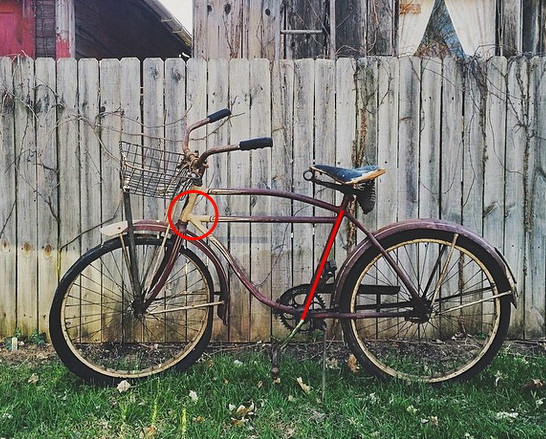Recently I came across this real beauty. Not sure what model it is though, even after some research. Based on the serial number it was produced in Feb 1953. It resembles somewhat of the wasp or typhoon even, but if you notice near the straight bar and head tube (circled in photos), it is smaller than anything I find close to resembling the model. Any thoughts? Thanks in advance.
the bike in question:

similar examples, notice the frames:



the bike in question:

similar examples, notice the frames:















